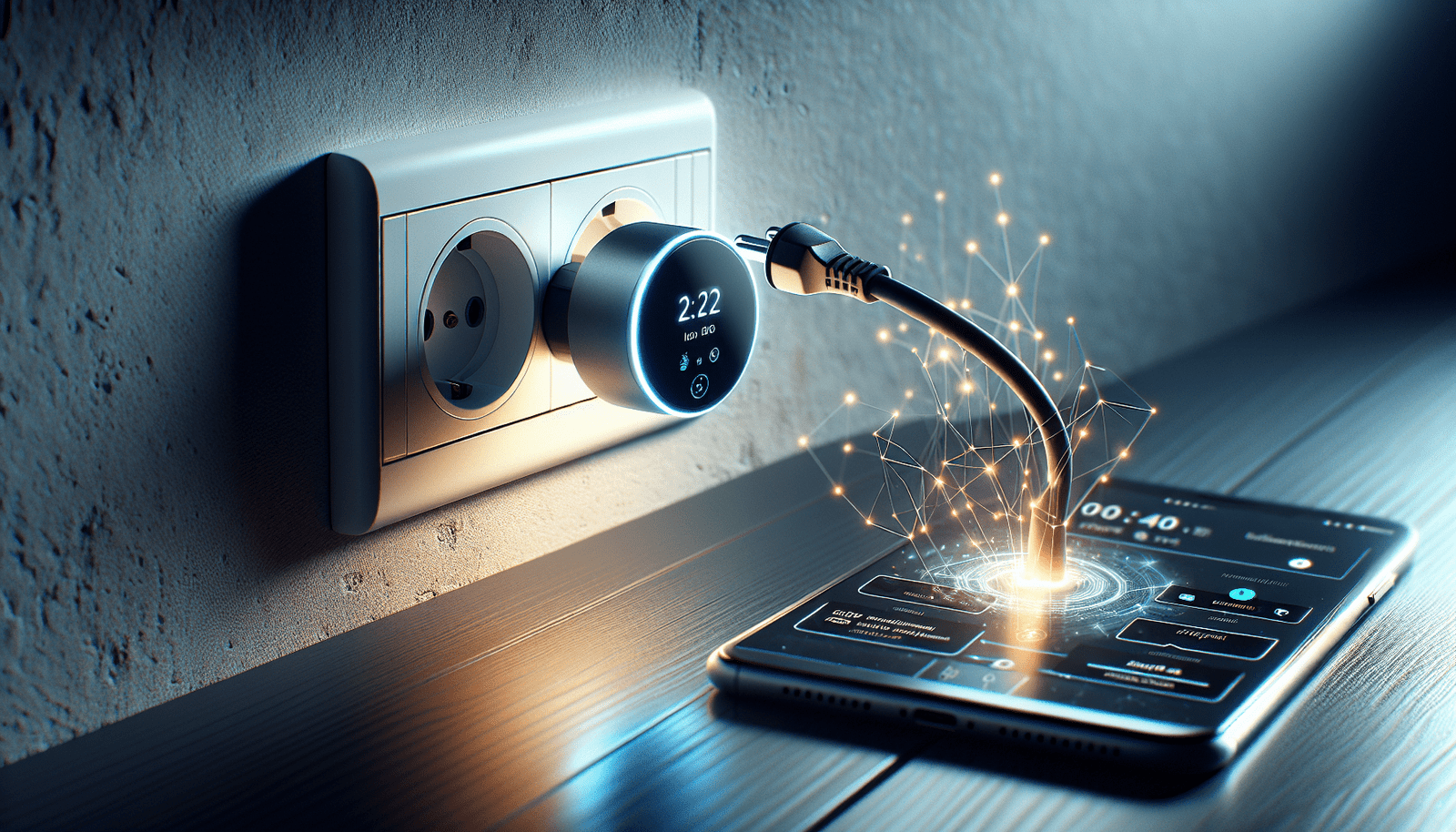Have you ever considered how upgrading to a smart thermostat could transform your household energy management? If you’re passionate about reducing energy bills, enhancing home comfort, or delving into the latest in home automation, then understanding the emerging technology of smart thermostats in 2025 can bring a myriad of benefits to your lifestyle.
Understanding Smart Thermostats
What is a Smart Thermostat?
A smart thermostat is a programmable device designed to automatically regulate your home’s temperature. Unlike traditional thermostats, smart thermostats are internet-connected and can be controlled via smartphone, tablet, or voice-assisted devices. They offer sophisticated features such as learning your schedule, optimizing energy use, and making automatic adjustments to improve your home’s comfort and energy efficiency.
How Smart Thermostats Work
Smart thermostats connect to your home’s Wi-Fi, allowing you to control temperature settings remotely through an app. They gather data and can learn your heating and cooling preferences over time, adapting to your habits and optimizing settings. Furthermore, many models integrate AI technology to enhance efficiency by predicting and adjusting the temperature based on occupancy or outdoor weather conditions.
Benefits of Smart Thermostats
Energy Efficiency and Cost Savings
One of the primary advantages of smart thermostats is their ability to reduce energy consumption significantly. By learning your schedule and preferences, they use energy only when needed, potentially reducing heating and cooling bills by up to 15% annually. Users may also benefit from various utility rebates available for installations.
Improved Home Comfort
Smart thermostats offer precise control of your home’s climate. With features like geofencing, they adjust the temperature based on your proximity to home, ensuring optimal comfort as soon as you walk through the door. Multi-zone control further allows personalized temperature settings in different areas of your home.
Convenience and Control
Being able to manage your home’s temperature from anywhere is a key selling point. Whether you’re lounging on the couch or halfway around the globe, as long as you have an internet connection, adjustments can be made instantly. Integration with voice assistants such as Alexa or Google Assistant provides hands-free control.

Best Smart Thermostats for 2025
To guide your decision-making process, the following sections provide a comparison of leading smart thermostats in 2025 based on energy efficiency, features, and price.
Top Recommended Models
Nest Learning Thermostat
Price: $249
Pros: AI learning capabilities, easy installation, and a sleek design.
Cons: Higher initial cost.
A long-standing leader in the market, Nest continues to stand out with its self-learning capabilities and user-friendly interface. Its ability to adapt to user habits and weather patterns sets a high benchmark for energy efficiency.
Ecobee SmartThermostat with Voice Control
Price: $229
Pros: Voice control, robust customization, and room sensors for better temperature management.
Cons: Somewhat complex initial setup.
ecobee offers unparalleled voice command options and integrates well with smart home ecosystems. Its unique feature of including room sensors provides improved accuracy in maintaining temperature settings.
Honeywell Home T9
Price: $199
Pros: Smart room sensors, energy-saving reports, and user-friendly app.
Cons: Limited voice control features.
Honeywell’s T9 excels in providing detailed energy reports and effective use of remote sensors, offering enhanced comfort and efficiency across various rooms.
Emerson Sensi Touch
Price: $169
Pros: Budget-friendly, intuitive interface, and easy installation process.
Cons: Lacks advanced AI features.
For budget-conscious users, Emerson’s Sensi Touch provides essential smart thermostat features without compromising on performance. Its straightforward installation makes it ideal for DIY enthusiasts.
Advanced Features to Consider
AI Learning and Adaptability
Many smart thermostats now incorporate AI to provide more adaptive temperature management. This feature learns from your habits and daily routine, optimizing climate controls for maximum comfort while minimizing energy waste.
Geofencing Technology
For dynamic temperature adjustment based on your location, geofencing is an invaluable feature. It uses your smartphone’s location to adjust settings when you’re approaching or leaving home, ensuring energy is used efficiently only when needed.
Voice Assistant Integration
Integration with popular voice assistants like Amazon Alexa, Google Assistant, or Apple’s Siri adds another layer of convenience, enabling users to control their thermostat with simple voice commands.
Multi-Zone Control
If your home has multiple heating and cooling zones, a multi-zone control capability will allow personalized settings for different areas. This feature can significantly enhance comfort, allowing, for example, cooler settings in bedrooms and warmer zones in living areas.

Installation and Compatibility Considerations
DIY Installation
Many smart thermostats are designed with the DIY enthusiast in mind, featuring straightforward installation processes. However, it’s crucial to understand your current heating system and wiring setup beforehand. Models like Nest and Emerson Sensi include detailed guides to make this process seamless.
Compatibility
Ensure that the model you choose is compatible with your HVAC system. Most smart thermostats are designed to work with typical HVAC systems, though it’s vital to verify this before purchasing. Some advanced models may require additional wiring or a common wire (C-wire) for power.
Exploring Cost-Effectiveness and Rebates
Though smart thermostats might have a higher upfront cost compared to traditional models, their long-term savings potential through reduced energy bills is significant. Additionally, many utility companies offer rebates for installations, which can offset these initial expenses. It’s advisable to check with local utilities about available rebate programs.
Potential Drawbacks
Despite their advantages, smart thermostats might not be for everyone. Factors such as higher initial costs, potential compatibility issues, and reliance on an internet connection can be potential downsides. However, for tech-savvy users willing to explore advanced functionalities, these are often outweighed by the benefits.
Is a Smart Thermostat Right for Your Home?
Assessing whether a smart thermostat fits your home involves evaluating your needs, the existing setup, lifestyle, and budget. If you prioritize technology integration, energy savings, and enhanced comfort, a smart thermostat proves a worthy investment. However, for those in highly transient situations, such as some renters, the cost and installation may not be justified.
In conclusion, the landscape of smart thermostats in 2025 offers a wide array of options carefully balancing sophistication, functionality, and cost. Whether your goal is to reduce energy consumption, improve home climate control, or expand your smart home ecosystem, these devices provide a forward-thinking approach that adapts to modern living requirements.
Disclosure: As an Amazon Associate, I earn from qualifying purchases.






